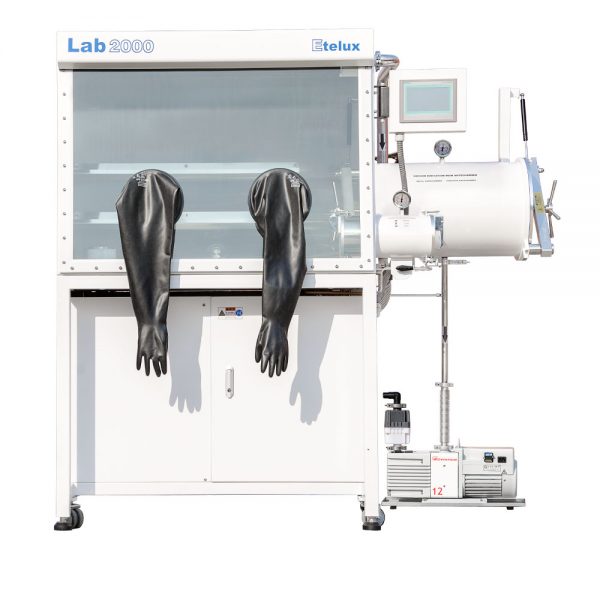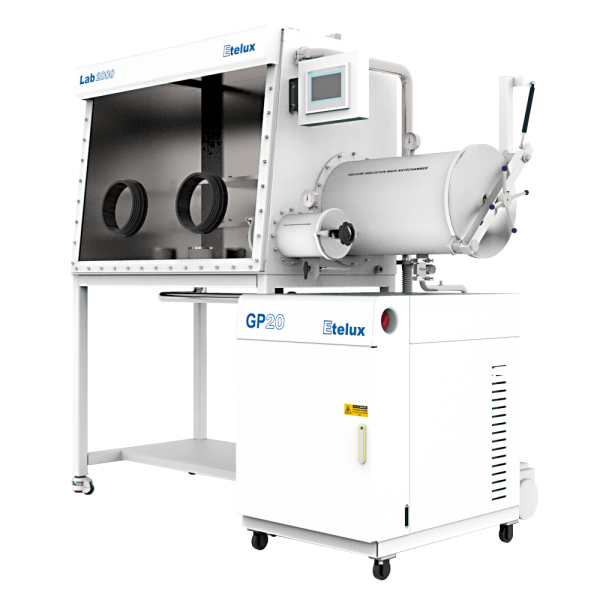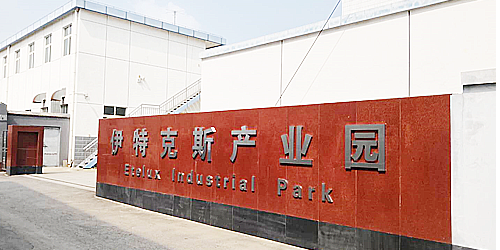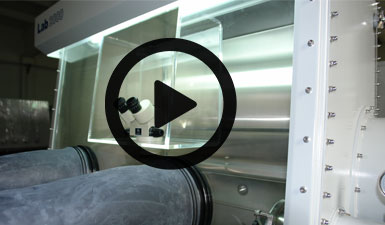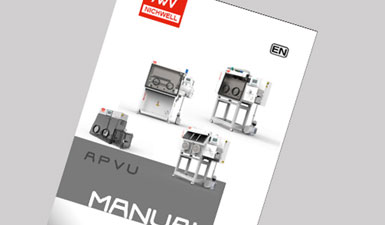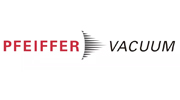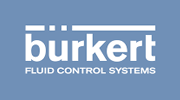Recently, the media learned from Jilin University that researchers have discovered for the first time a naturally occurring oligolayer of graphene by observing and analyzing the Chang’e 5 drilling rock chip lunar soil (No. CE5Z0806YJYX004). This discovery provides new insights into the history of the Moon’s geologic activity and evolution, as well as the characteristics of the Moon’s environment.
It is estimated that about 1.9% of the total interstellar carbon is in the form of graphene, whose morphology and properties are determined by specific formation processes, so natural graphene can provide important references and information about the geological evolution of the star and the in-situ resource utilization of the Moon.
The research team collected Raman spectra at locations where the carbon content of the lunar soil samples was relatively high, and confirmed the relatively high crystalline quality of graphitic carbon in the lunar soil samples. The researchers believe that the regions of the lunar soil sample where carbon is present contain iron compounds, which are closely related to the formation of graphene.
Through the comprehensive use of various characterization techniques such as scanning electron microscopy and transmission electron microscopy, as well as the rigorous comparison and analysis of the test results, the research team has explored and confirmed that the graphitic carbon detected in the lunar soil samples is oligolayer graphene.
The research team also pointed out that the formation of graphene and graphitic carbon may have originated from the mineral catalytic process induced by the solar wind and early volcanic eruptions on the Moon.
The research was carried out by Zou Mang, Zhang Wei and Li Xiujuan of Jilin University and Ren Wencai of the Institute of Metals, Chinese Academy of Sciences, and was supported by the National Space Administration’s Center for Lunar Exploration and Space Engineering. The research results were recently published in the journal National Science Review.
Moon soil samples are on display at the Shanghai Planetarium, where they are encapsulated in a crystal ball
It is reported that in December 2020, Chang’e 5 brought back 1,731 grams of lunar soil samples from the moon, which is the first sample of young volcanic rock area on the lunar surface obtained by human beings, and is also the first time for Chinese scientists to have their own return samples from extraterrestrial objects. As of early June this year, Chang’e 5 lunar soil samples have been distributed to 114 research teams from 40 research institutions for 258 copies of 77.7 grams, and more than 70 research results of Chang’e 5 lunar samples in various fields have been published in Chinese and foreign important academic journals.
Graphene has a wide range of application prospects
Graphene is a material with excellent performance and has a wide range of application prospects in many fields.
New Energy: Graphene can be used to manufacture high-performance solar cells and supercapacitors, improving the efficiency of energy conversion and storage.
Coatings: Graphene can enhance the mechanical and mechanical properties, chemical stability and anti-corrosion properties of coatings.
Heat Management and Great Health: Many graphene electric heating products have been launched in the domestic market, such as electric clothing, electric blankets, infrared physical therapy rooms, floor and wall heaters, and neck and waist protectors.
Intelligent Terminal: Graphene heat dissipation (thermal conductivity) film has good heat dissipation effect, which helps intelligent terminal equipment to cool down quickly.
Chip: graphene carbon-based materials are expected to replace silicon-based materials in the future.
Aerospace: graphene can be used as high thermal conductivity skeleton material for aerospace, aerospace composite materials, new aerospace lubrication materials, preparation of aerospace sensors, aerospace solar cells, etc.
Graphene research needs a safe experimental environment.
The structure of graphene is relatively stable, but given its chemical nature, it still requires a safe experimental environment. A glove box can provide an inert atmosphere to prevent graphene from reacting with oxygen and moisture in the air, thus ensuring the safety and accuracy of the experiment.
The Lab2000 Glovebox is a high-performance, high-quality, closed-circuit system that automatically absorbs water and oxygen molecules to purify the working environment and provide an inert atmosphere of 1ppm O₂ and H₂O that can be applied to meet your specific cleaning requirements. The system is an economical recirculation purification system designed for graphene research and development: it consists of a hermetically sealed chamber, a transition chamber, a rotary vane vacuum pump, and a recirculation purification system with an integrated micro-controller operator panel. The standard Lab2000 system is equipped with an inert gas purge system with a set of purge columns (fully automated and renewable) to purge and maintain the gas environment inside the glove box chamber.
For more information on the safe development of graphene materials, please visit ETELUX Glovebox.

